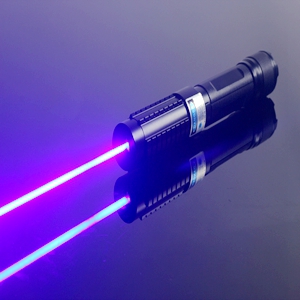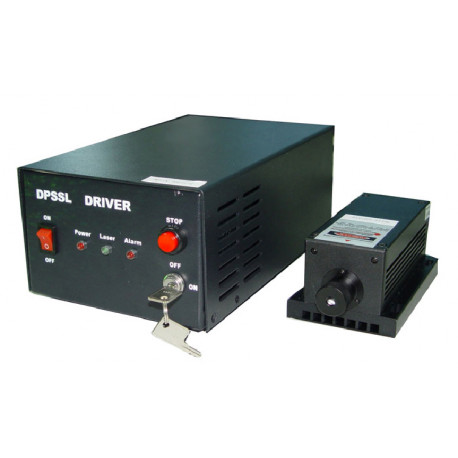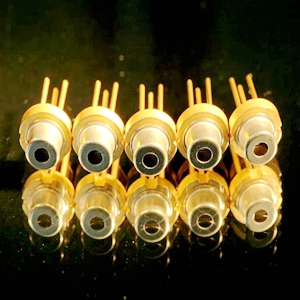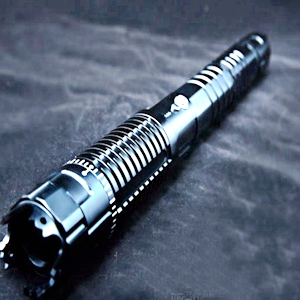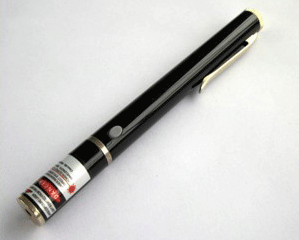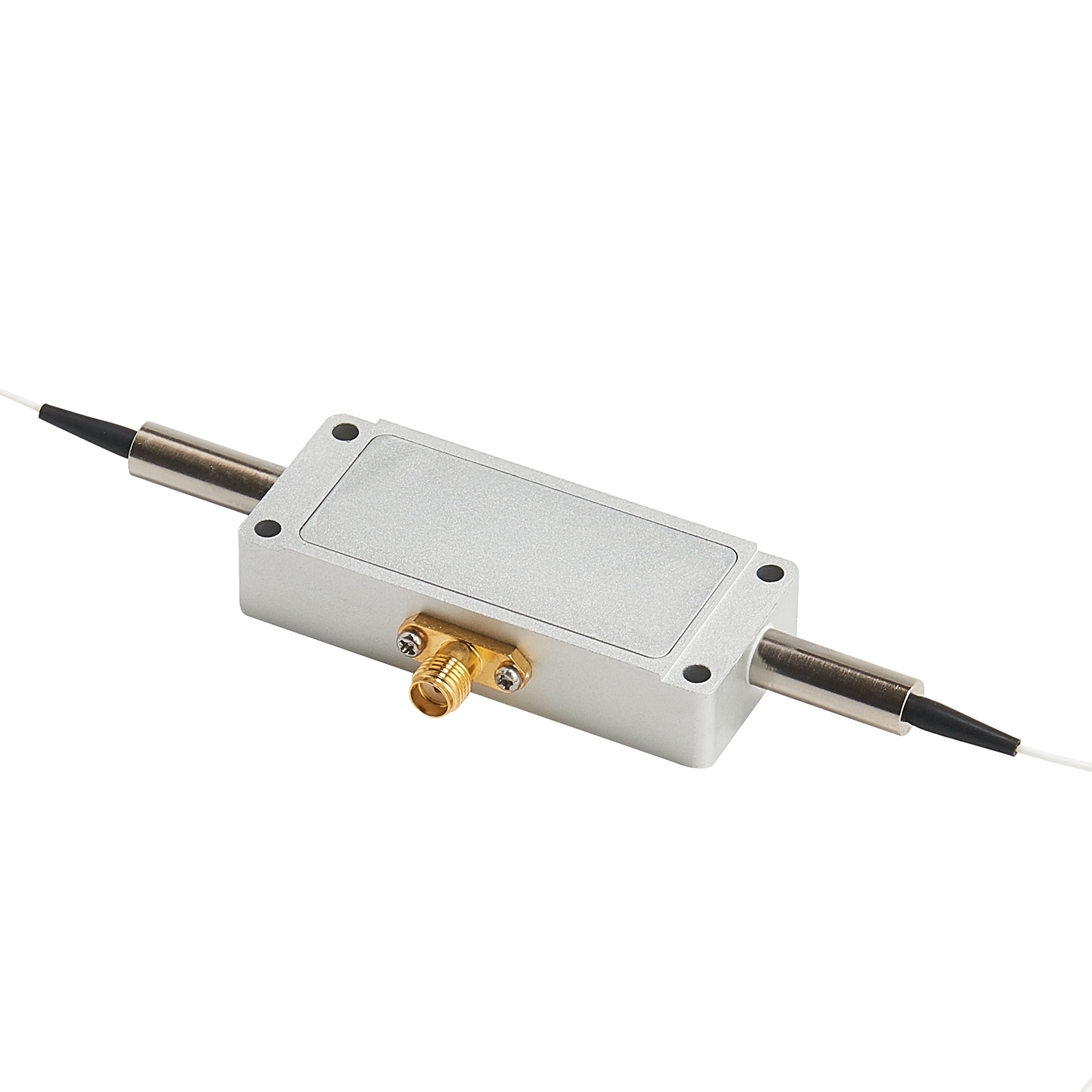See Additional Content Below
beamqlaser@gmail.com | info@beamq.com Chat box at bottom
Featured Products
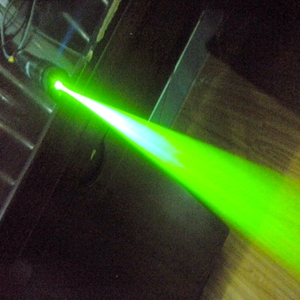
High Power Green Laser Dazzler Non-lethal Dazzler Weapon Eye Safe 532nm Green Beam
$560.00 $369.00Save: 34% off
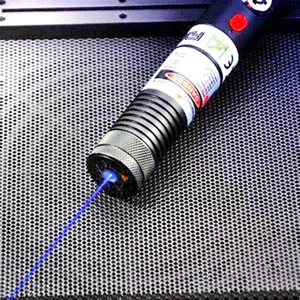
15W Blue Laser Torch Pointers Flashlight Highest Real 15,000mW Output Power
$498.00 $490.00Save: 2% off
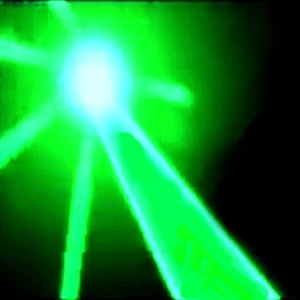
Portable Laser Dazzler Law Enforcement and Self Defense High Power Lasers for Sale
$490.00 $390.00Save: 20% off
Monthly Specials For December
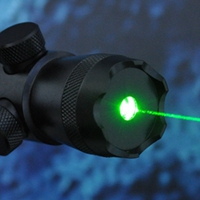
Most Powerful 300-500mW Green Laser Rifle Sight Long Range Laser for AR15
$159.00 $129.00Save: 19% off

Portable Laser Dazzler Law Enforcement and Self Defense High Power Lasers for Sale
$490.00 $390.00Save: 20% off

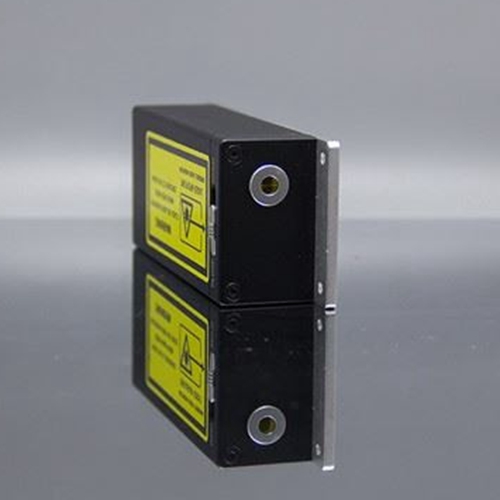
.jpg)
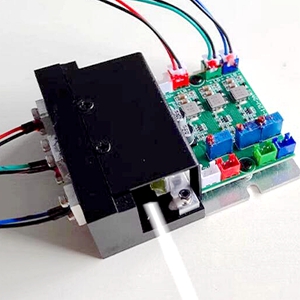
.png)

